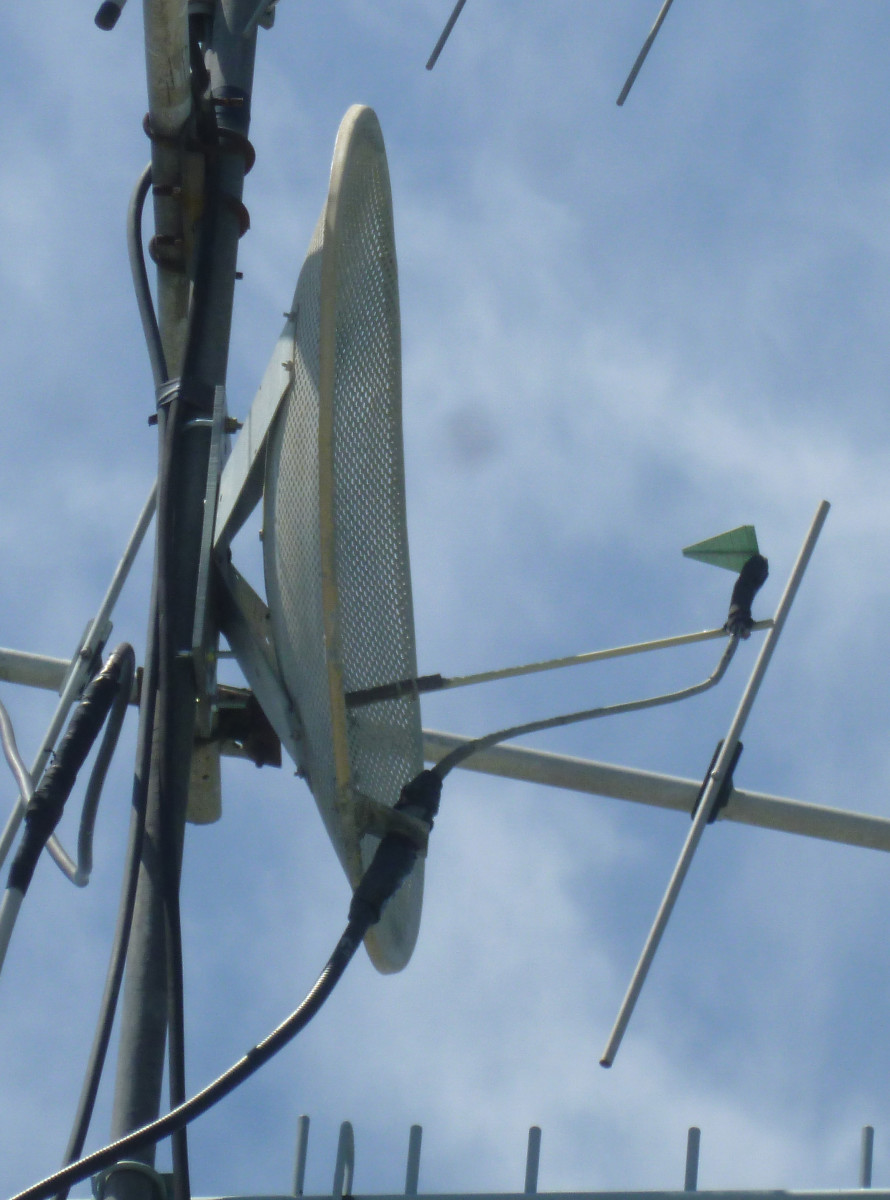The History of the Rectifying Antenna
Nikola Tesla envisioned a wireless electrical system more than a century ago. It seemed to be in reach when microwave relay networks provided wireless communications between Europe and the United States in the 1950s. However, wireless power transmission wasn’t practical due to high losses. Tamara Wilhite The potential use of rectifying antennas for microwave power transmission was demonstrated in 1964 by William C. Brown. He used a rectifying antenna to beam power wirelessly to a remote controlled helicopter. The promise of microwave wireless power transmission (MPT) systems finally became reality when New Zealand’s a startup utility company announced in 2020 that they were going to roll out wireless power systems. This would be the first real-world use of rectifying antennas.
The Current and Future Uses of Rectifying Antennas
In theory, we could use rectifying antennas to beam down power to receiving antennas on Earth from solar panel arrays in orbit. That is a key plot point in “Fallen Angels” and the 1978 sci-fi film called “Libra”. But can this technology become a reality? In 2020, Emrod announced that it would be partnering with Powerco, the second largest utility company in New Zealand, to set up wireless electric transmission systems in hard-to-reach areas. Emrod would convert the power coming from the grid to microwaves. The rectifying antennas would beam these microwaves to the next relay station. These relay antennas must be in line-of-sight to each other. At some point, the microwaves are converted back to electricity, whether they are delivered to the end user or sent along conventional powerlines. Their system sends a cylindrical beam from one antenna to another, minimizing losses. Emrod says there system has near one hundred percent efficiency; in contrast, a microwave oven has 70% efficiency. You also want a beam as narrow as possible so that your power transmission system doesn’t fry migratory birds. That is, incidentally, a problem with solar power towers. Emrod says they use a protective ring of laser beams to shut down the beams if birds or even people approach. Where would wireless power transmission systems be used? They could be used to transmit power over treacherous terrain and areas where bad weather regularly knocks out conventional power lines. It could be used to transmit power through mountainous areas and off-shore sites where it would be expensive to lay traditional power lines.
How Power Transmission via Rectifying Antennas Compares to Wireless Charging
Wireless power has been making rapid advances when it comes to wireless charging of smarthphones and other portable devices. However, wireless charging for your smart phone is generally done via magnetic resonance (MR) or inductive power transfer (IPT), not via rectifying antennas. Inductive charging is more commonly used for midsized devices like kitchen appliances and smart phones. They may also use time-varying electric fields to transmit power. Very small batteries may be charged via radio charging, though that’s only an option for low power devices like smart watches. These systems are used because they’re safe for use around people. But they’re also short range. For example, induction charging essentially requires the receiving device be in physical contact with the induction coil. Rectifying antennas have been proven to for distances over a hundred feet, and advances in the technology could increase that by a factor of ten. © 2021 Tamara Wilhite
